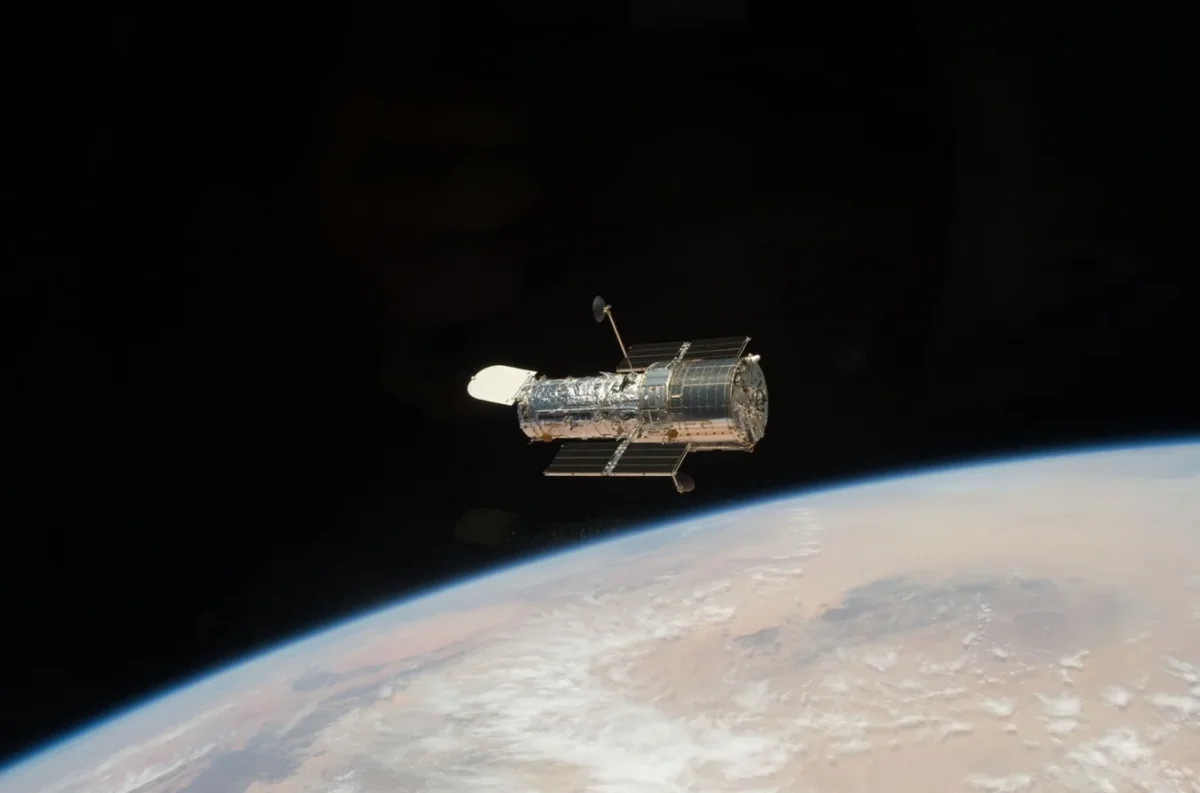He presses
Astronauts in space don't just experience weightlessness. A new study brings surprising results.
Suffering – Weightlessness in space is a wonderful thing. Astronauts appear to move easily in weightlessness, floating, rolling, or standing upside down. But the human body has to adapt greatly in the absence of gravity. The space sickness that many astronauts suffer from is just one example of the challenges of weightlessness.
For future missions to the Moon or Mars, the stay in space will likely become longer. The new study is completely inappropriate. It appears that astronauts who did not get headaches on Earth can develop migraines and tension headaches during long space missions. “Changes in gravity caused by spaceflight affect the function of many parts of the body, including the brain,” explains WBJ van Oosterhout, a neurologist from Leiden University Medical Center in the Netherlands.
Many people get headaches in weightlessness
Van Oosterhout led a study on headaches in weightlessness In the specialized magazine Neurology published had become. Explains in one noticeWhy the body has difficulty in weightlessness: “The vestibular system, which affects balance and posture, must adapt to the discrepancy between the signals it expects and the actual signals it receives in the absence of normal gravity, and this can lead to motion sickness.” In the first week of weightlessness, headaches are the most common symptom.
The study included 24 astronauts from the European Space Agency (ESA) and its American and Japanese counterparts, NASA and JAXA. Participants spent up to 26 weeks aboard the International Space Station (ISS) between November 2011 and June 2018. Before their stay in weightlessness, all study participants filled out a headache questionnaire. During the first seven days in space, symptoms were queried daily, and then only weekly thereafter.
Almost all astronauts suffer from headaches
Nine of the astronauts did not suffer from headaches at all before their stay on board the space station, and three of them had a headache at least once in the past year, which interfered with their daily activities. None of the participants had previously suffered from migraines. During the 3,596 days the 24 astronauts spent in space, 22 of them reported a total of 378 headaches. According to Van Oosterhout's research team, 92% of participants reported headaches in weightlessness, while on Earth the figure was only 38%.
According to the study, most of the headaches reported were tension headaches, with only 10% identified as migraines. The headaches were more severe and migraine-like during the first week of weightlessness. Even after the first week in space, in which 21 participants reported headaches 51 times, the astronauts continued to suffer from headaches. However, in the three months after returning to Earth, no one reported any further headaches.
“This is a big problem for many astronauts.”
“Our study shows that headaches also occur later in space and could be related to increased pressure in the skull,” says Van Oosterhout. He stresses the need for further studies: “More research is needed to decipher the causes of headaches in space and explore how these findings can lead to insights about headaches on Earth.” In addition, the neurologist calls for the development of effective treatments to combat headaches in space. “For many astronauts, this is a big problem during spaceflight.” (unpaid bill)
The editor wrote this article and then used an AI language model to improve at her own discretion. All information has been carefully checked. Find out more about our AI principles here.

“Social media evangelist. Baconaholic. Devoted reader. Twitter scholar. Avid coffee trailblazer.”







More Stories
Upgrade to Gemini – Google is expanding AI functionality in Austria
Get Daisy and open the boutique
PlayStation Plus: Includes blockbuster movies and bonuses – essential games for May